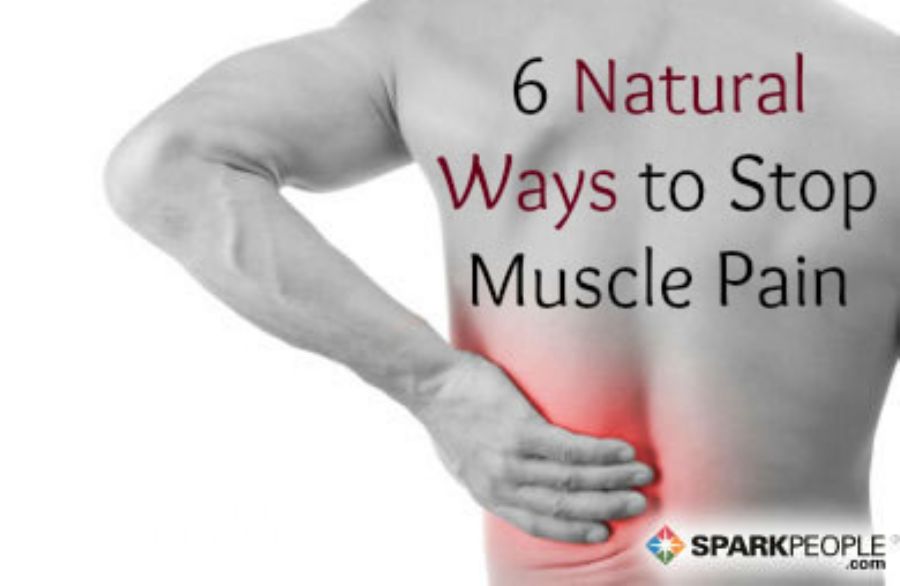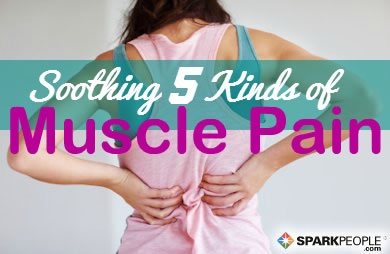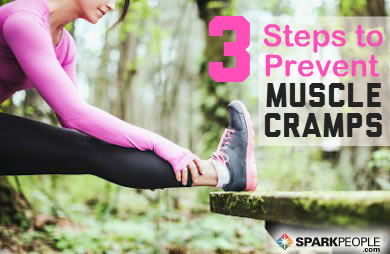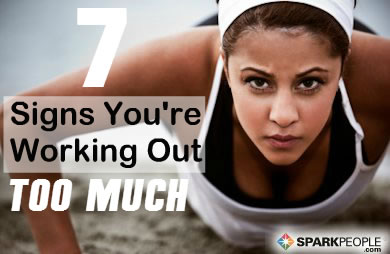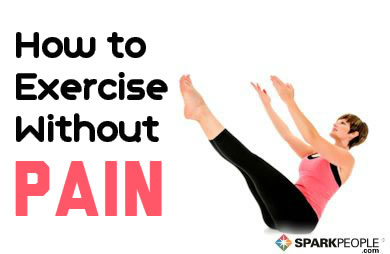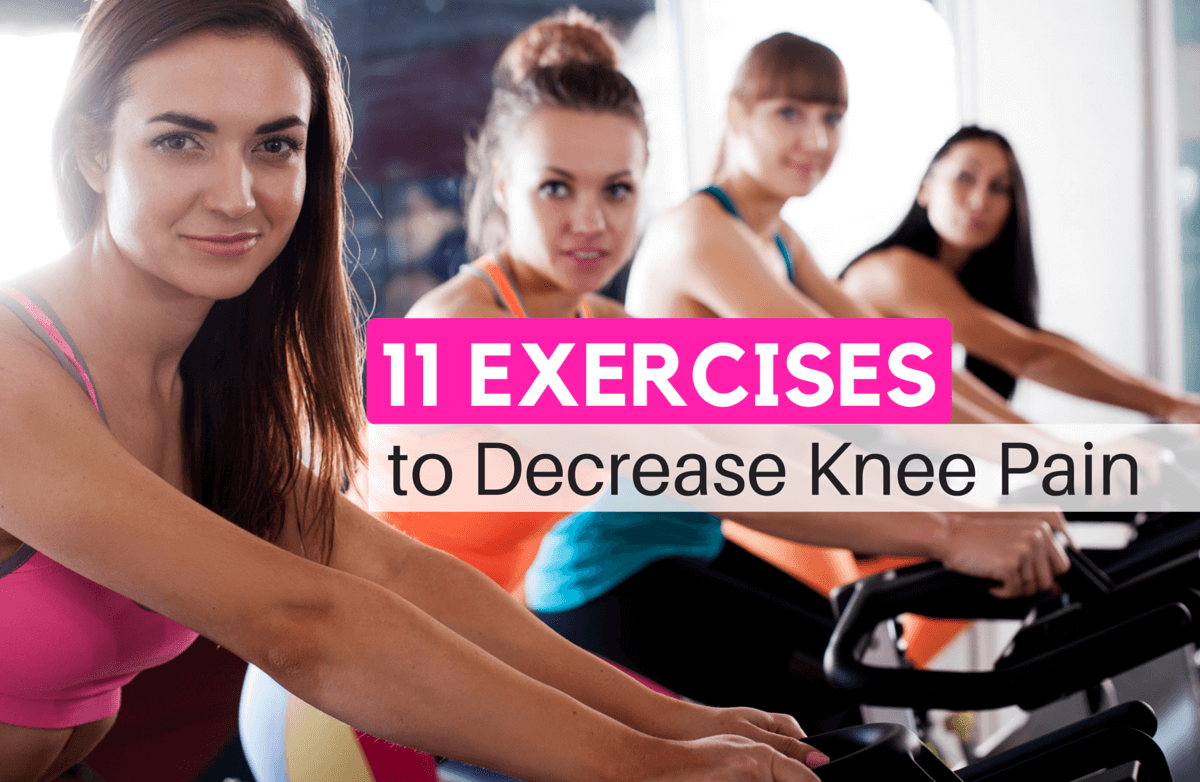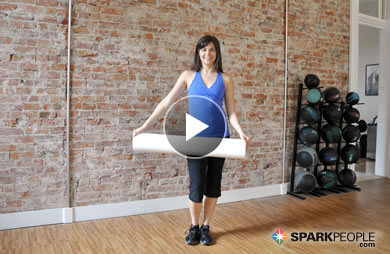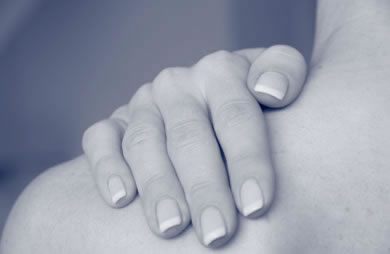6 Natural Ways to Relieve Muscle Pain
-

Foam Roller
A foam roller is an inexpensive piece of equipment (found at most sporting goods stores) that is used for self-massage (also called myofascial release) and helps break up knots in sore or tight muscles. Foam rollers provide a variety of benefits, including a reduction in muscle pain, soreness and tension. Spending just a few minutes foam rolling each day can do wonders to relieve pain and keep you feeling great. Watch our video to learn how to use a foam roller, then check out these foam roller demonstrations for different muscle groups if you're interested in incorporating this equipment into your routine.
-
.jpg)
Massage
Although it might be cheaper to pop a pill instead of pay for a professional massage, it might not be as beneficial. Research shows that massage can reduce inflammation and stimulate mitochondria, which help with cellular function and repair. Vigorous exercise produces tiny tears in the muscle fibers, which leads to soreness. Anti-inflammatory medications will reduce inflammation and pain, but they don't help with healing—and don't feel nearly as good—as a massage.
-

Heat
Applying heat increases blood flow to the affected area and helps relax sore muscles, which is why some people like to use a steam room or sauna after a hard workout. (Just make sure you're well-hydrated and totally cooled down before going in. Your session should not last more than 15 minutes.) Do not apply heat if you have a recent injury or inflammation, as that can make the problem worse. You can also use a heating pad, take a hot bath or shower, or soak in a hot tub.
-

Gentle Stretching
There's debate about whether or not stretching will help prevent muscle soreness. Even if it doesn't, stretching can help keep you from getting stiff after a hard workout, and helps loosen up tight muscles. (Just be sure to warm up first!) Here's some additional info about the benefits of stretching, along with some routines to get you started.
-
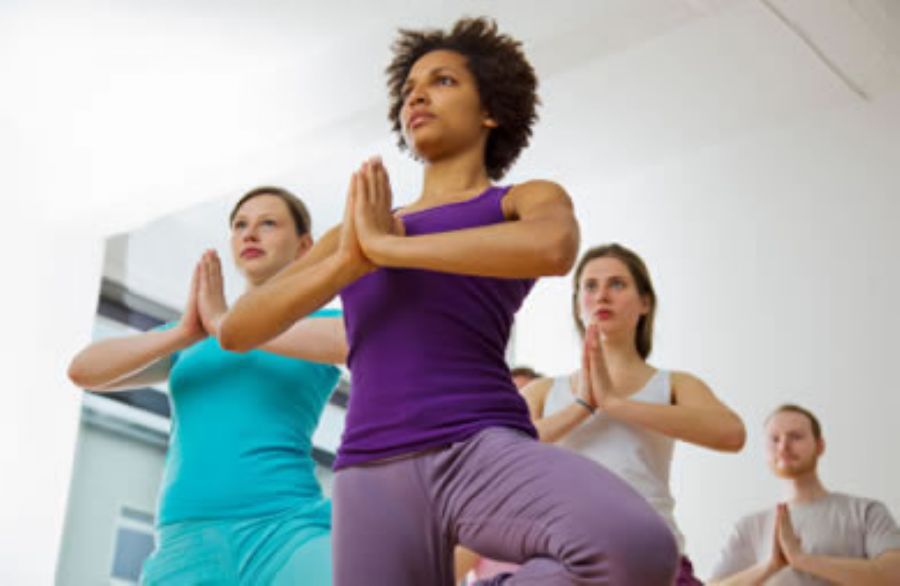
Yoga
Yoga can help improve flexibility and strength, as well as provide relaxation through deep breathing and meditation. Even if there isn't research-backed proof that yoga directly relieves muscle soreness, it can still help you feel better both physically and mentally. Some forms of yoga are more strenuous than others, so look for gentle, beginner, and rejuvenating styles of yoga to help with soreness.
-
.jpg)
Active Recovery
It's tempting to sit on the couch when you're sore from yesterday's workout, but that's the last thing you should do! Light physical activity gets the blood flowing and will help with muscle soreness while not moving (which might feel good in the moment) can prolong your soreness and make it harder to get moving again sooner. Keep things easy with a short walk, and easy bike ride or jog, or a gentle yoga class. It might be uncomfortable for the first few minutes, but as your muscles get loose you'll feel much better.
-

Remember: Listen to Your Body
It's normal to experience some muscle soreness when you've recently started a new activity or increased the intensity of your current routine. But if you are so sore that you can barely get out of bed the next morning, that may be a sign that you've done too much. Exercise shouldn't be painful or create so much discomfort that it interferes with your life for days after. Starting small and slowly increasing the intensity of your workout will ensure that your routine stays challenging without being overwhelming.
Natural Ways to Relieve Muscle Soreness
Jen Mueller, Certified Personal Trainer
Muscle soreness and discomfort are a normal part of any exercise routine. Whenever you begin a program, increase the intensity of your workout, or try some new exercises, it's common for your muscles to feel sore 12-48 hours after your workout ends. If you're looking for ways to treat muscle soreness that don't involve medications or a trip to the doctor, then these tools and techniques are for you!
Start Slideshow
Foam Roller
A foam roller is an inexpensive piece of equipment (found at most sporting goods stores) that is used for self-massage (also called myofascial release) and helps break up knots in sore or tight muscles. Foam rollers provide a variety of benefits, including a reduction in muscle pain, soreness and tension. Spending just a few minutes foam rolling each day can do wonders to relieve pain and keep you feeling great. Watch our video to learn how to use a foam roller, then check out these foam roller demonstrations for different muscle groups if you're interested in incorporating this equipment into your routine.
